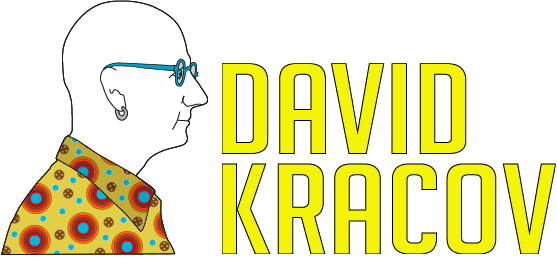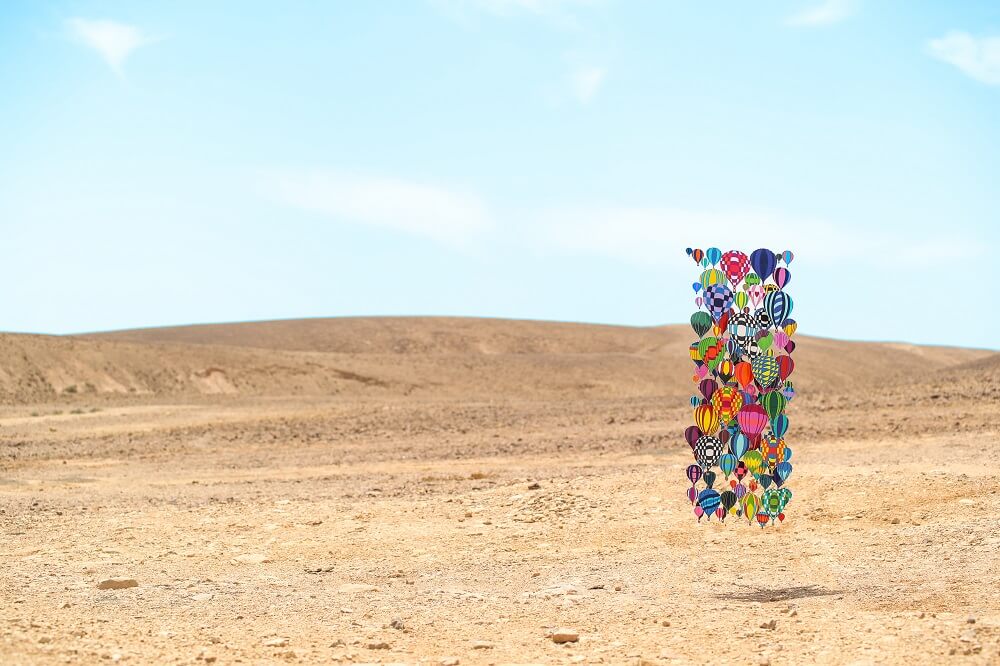Art Trends to Look Out For in 2022
Ever since the prehistoric age, man has been using art to communicate his ideas and thoughts. However, with each passing century, the art world tosses up something different. While art will always be an ever-evolving form of self-expression, today, more than ever, we seek art not just for its ability to help us see the beauty around us but for how it makes us feel.

Let’s deep dive into the trends that are shaping the future of artists, designers, and sculptors.
10 Art Trends to Look Out For in 2022
The artworld is constantly adapting to keep up with changing market trends and audience preferences. Although challenging, artists have turned to inventive ways to create and showcase their work.
Here are the trends to keep an eye on in 2022:
1. 3D Motion Graphic Design
2. Cultural and Traditional Art Forms
3. Virtual Art Exhibitions
4. Nature-based Themes
5. Maximalism
6. Fluid Painting
7. African Art
8. Multilingual Installations
9. Street Art
10. Surrealism
3D Motion Graphic Design

In recent years, 3D graphics have already been used as a creative medium by artists. Take Refik Anadol, for instance. He created the massive computer-generated installation of 100 year’s worth of pictorial files from Disney’s archives. Using computer software, Refik generated motifs and vivid patterns of the images, which were then projected on the Walt Disney Concert Hall’s facades.

Artists like Shane of ShaneF Motion Design rely on motion graphic installations as stunning examples of what technology can do. The artist has created iconic simulated wall-projected graphics around places in New York, such as Grand Central Terminal and Louis Vuitton’s new storefront on 5th avenue. As an exciting medium for artists to experiment with, motion graphics allow them to explore strange yet fascinating perspectives.
Cultural and Traditional Art Forms
There’s a growing movement of local indigenous artists reclaiming or tagging lost land by using art to send a message. Natives and their histories have been marginalized, with many turning to art and social media to educate people.
A few institutions, art consultants, and local authorities have recognized the need to address the original people of a land. This is why art commissions are encouraging local and native artists to create physical formats that embrace their cultural and spiritual roots.

Wilbur-Sego, a prominent member of the Squaxin Island Tribe, is using her position to effect change in her community. She’s working on a 21 ft. cedar welcome figure titled Grandmother Frog, which will be erected at the entrance of the Chief Seattle Club.
But there is more to the Grandmother Frog than just being a piece of art—it is a traditional symbolic representation of a statue that Coast Salish people would erect to welcome visitors to their territory.
Art is thus becoming an increasingly popular medium to resurrect lost history, heritage, and traditions.
Virtual Art Exhibitions
With several people choosing to remain indoors, art galleries have discovered a way to bring art to their visitors.
Galleries such as the Dubai Design District in the UAE have turned Van Gogh’s work into virtual digital art using movement, light, and sound for an immersive experience. They aren’t the only ones. From Seoul’s National Museum of Modern and Contemporary Art to Paris’s Musée d’Orsay, viewers can travel virtually to a museum that hosts tours online.
Now that enthusiasts can enjoy art from the comfort of their homes, virtual installations are quickly turning into one of the most sought-after visual art types.
Nature-based Themes
Artists have always turned to nature as inspiration to create art that is moving and symbolic. But the 21st century brings with it a different kind of movement. As an apt way to shed light on consumerism and the pollution crisis, artists use nature-based art and materials such as recycled plastic, discarded fabric, and metal scraps to produce awe-inspiring works of art. Steven Rodrig, Barefooted Welder, Robert Bradford, and Erika Iris Simmons are notable artists working towards raising awareness through their art.

Maximalism
As the opposite of minimalism—which conveys a restrained, neat, muted aesthetic—maximalism is a loud, avant-garde representation of art. In this style, artists heavily rely on bold or complex patterns, textures, motifs, fonts, and colors to express an unabashed, attention-grabbing theme.
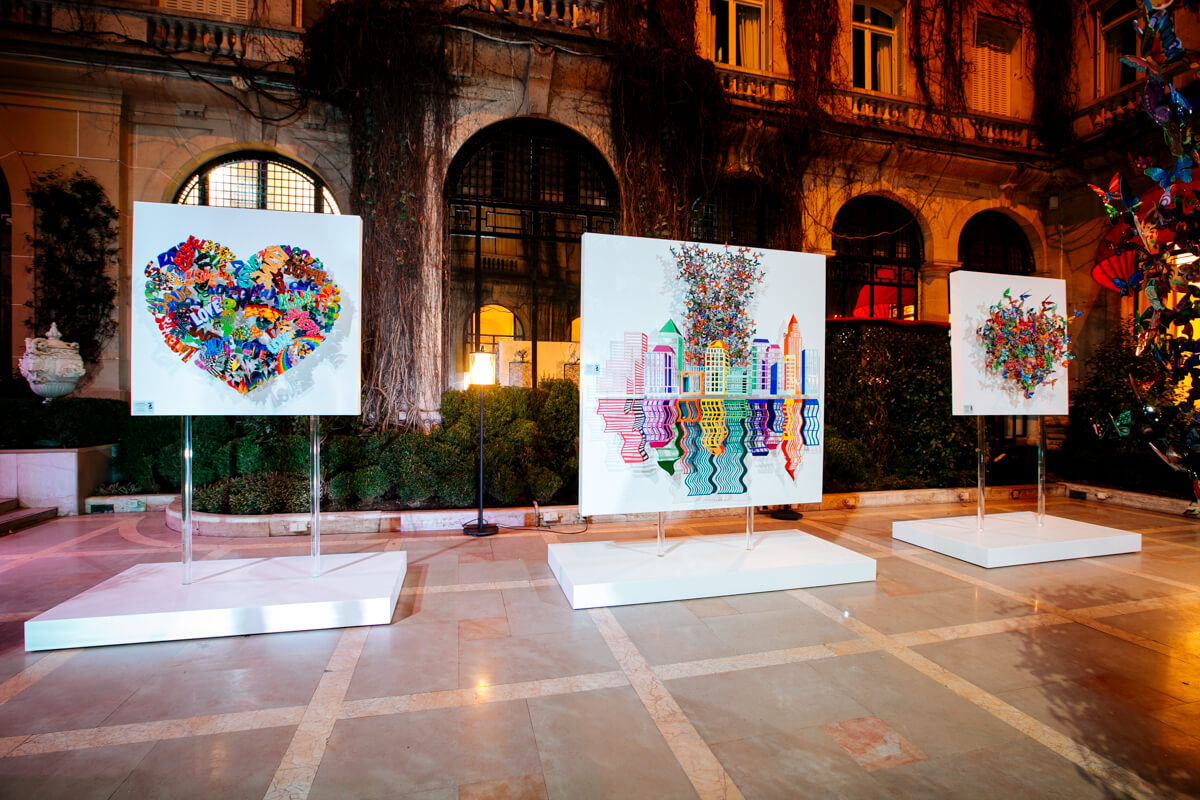
Maximalism stems from the idea of going all out to make a showy, shocking, or daring statement. Artists like Julie Verhoeven and Gary Stephan use maximalism as a driving force behind their work.
Fluid Painting
The beauty of fluid painting lies in its unpredictable outcome. Artists pour liquid paint directly on a surface with syringes, pipettes, or cups to create this sort of work. Alcohol ink, epoxy resin, or acrylic paints are also used to produce mesmerizing art.
Artists use mediums such as silicone oil to derive a lovely luminosity. Once the paints swirl and meet, they displace each other, creating “cells” with vivid, deep colors. This is achieved by using a blow dryer to spread the paint on a surface.
Since several techniques come into play to create art with liquid mediums, fluid painting allows artists to let their creativity guide the creation of distinct, expressive pieces.
African Art
African art often relies on abstract visuals rather than natural representations to underscore rich culture and traditions. This can be seen in pottery, rock art, artifacts, paintings, and sculptures. Artists such as Peju Alatise and Cheri Samba use intriguing, inspiring subject matter to express African art’s cultural beauty and merits.
Multilingual Installations
Museums are slowly creating an all-inclusive space for different cultures under one roof. And why not? In a world where most countries cater to a diverse population, it’s no surprise that art galleries have begun to recognize the need for cross-cultural inclusions as well.
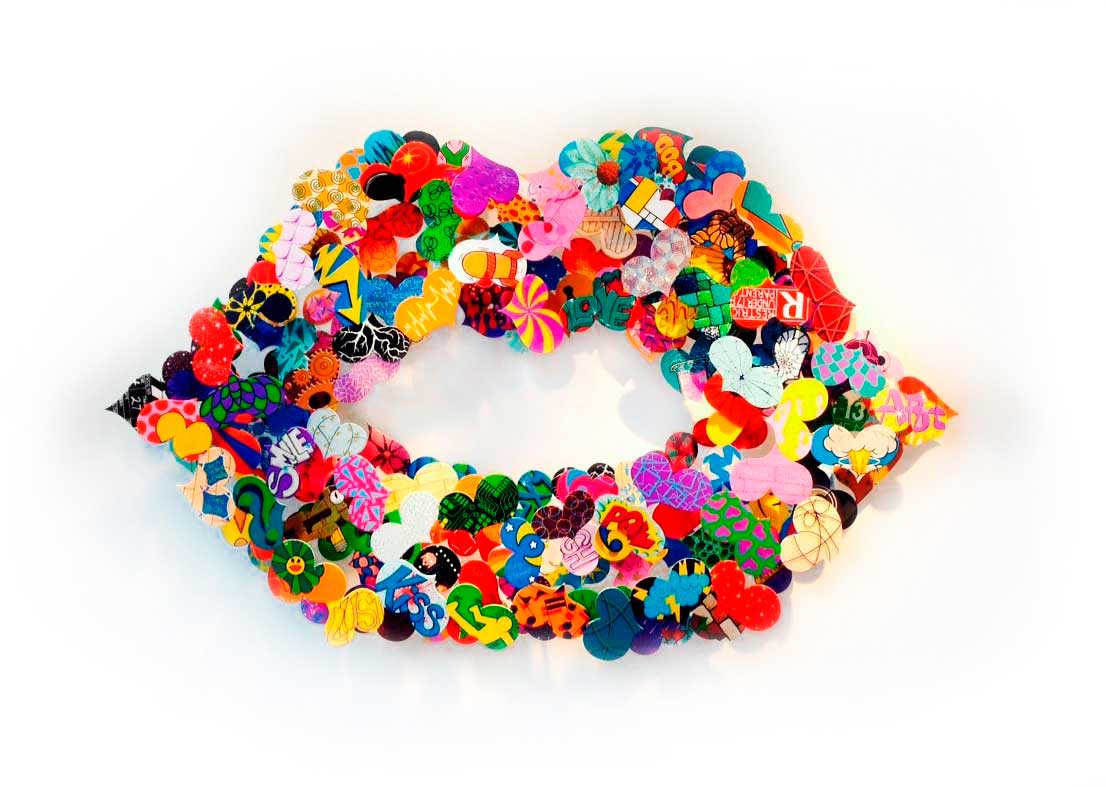
Patrons are introducing multilingual materials on and off display from brochures and catalogs to signage and wall text.
Since 2015, the Phoenix Art Museum in Arizona has been working on incorporating Spanish throughout its institution as over 30% of Pheonix’s residents are native Spanish speakers. It is, as of now, the only art museum in the US that is completely bilingual (Spanish and English). This monumental move is likely to inspire other establishments to cater to their cities’ predominant diverse cultures.
Street Art
Street art has been a popular form of creativity that we often see on wall partitions, across buildings, and even on pavements. In recent months, many artists have taken to the streets to express their sentiments through really good art.
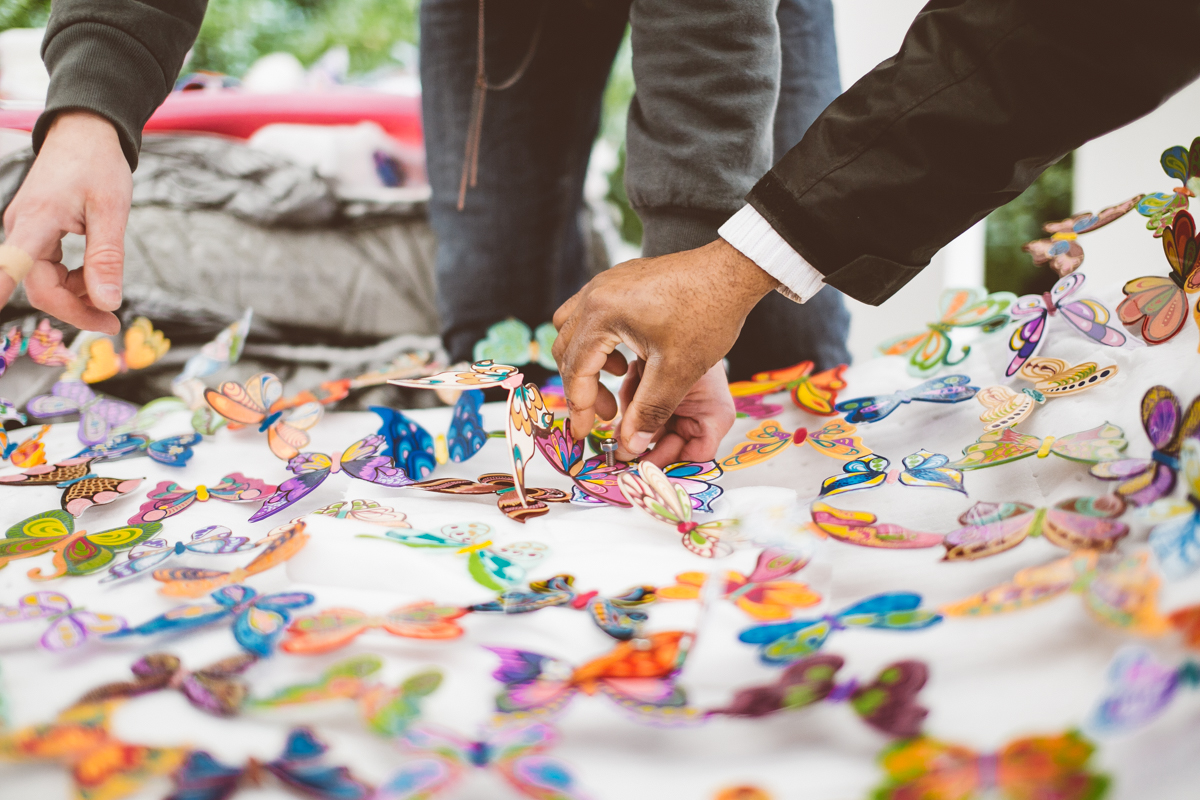
Artists like Corie Mattie, creator of the Hope Dealer series, used the Covid-19 pandemic to spread hope through the streets of LA. Corie’s art was accompanied by heartfelt slogans such as “Spread Love” and “Cancel Plans. Not Humanity.”
She wasn’t alone. In Italy, artist Franco Rivolli painted a winged nurse cradling the nation in her arms. The artist’s mural sits on the wall of the Papa Giovanni XXIII Hospital in Bergamo, Lombardy.
Surrealism
Art collectors, auction houses, and galleries have expressed a growing interest in surrealism art. For instance, surrealists Salvador Dalí and Magritte have witnessed rising auction figures in millions over the years between galleries.
The Royal Museum of Fine Arts of Belgium has hundreds of exhibits on display that highlight the philosophical, private, and aesthetic connection of surrealists Dali and Magritte. The interest to revive surrealist art stems from its timeless appeal and powerful themes of the unconscious mind.
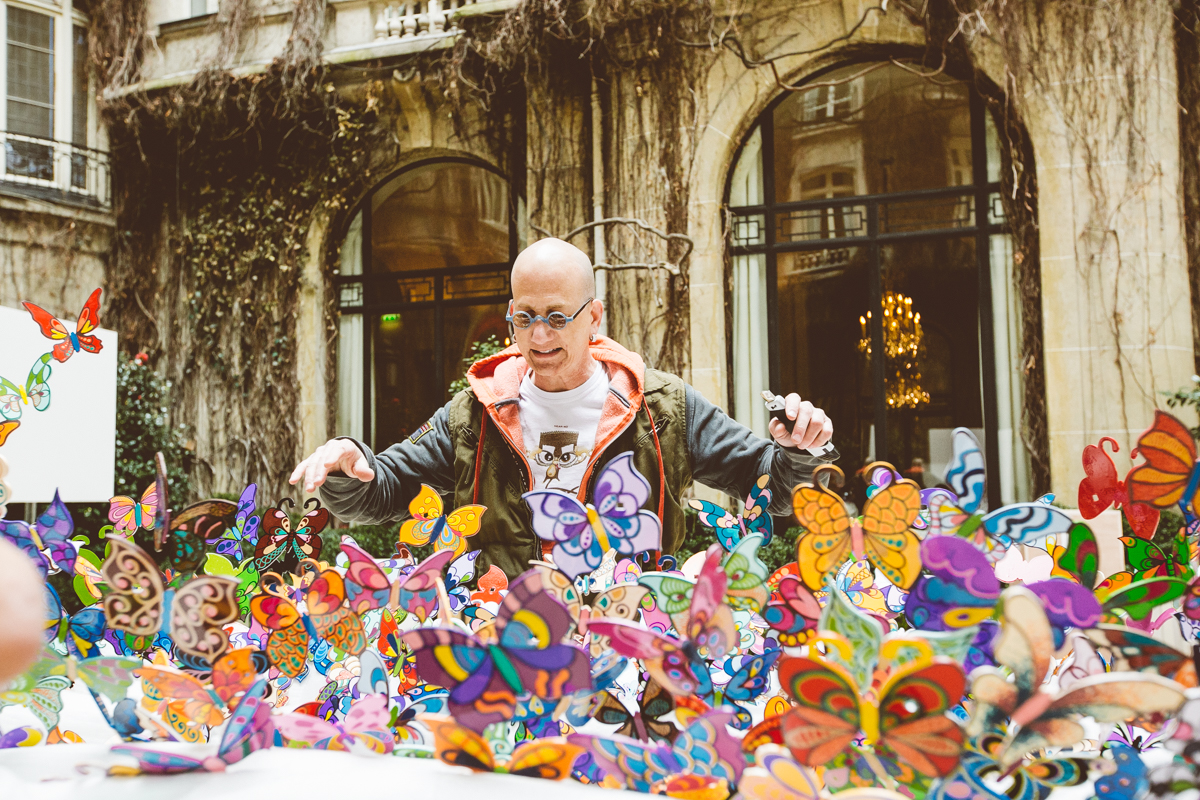
Newer artists like Jonathan Gardner and Nicolas Party have garnered positive attention for their figurative work, which is a nod to the classic abstract themes of surrealism art.
Art Trends Throughout History
Over the centuries, art has experienced transformational changes that are a testament to man’s incredible creative potential. Here’s a quick timeline of the historical trends that have shaped the world of art.
- Medieval art (500-1550)
- Renaissance art (1400-1600)
- Baroque art (1600-1725)
- Rococo art (1720-1760)
- Neoclassical art (1760-1830)
- Academic art (the 1800s)
- Realism art (1840-1870)
- Pre-Raphaelite art (1848-1854)
- Impressionism art (1870-1900)
- Post-impressionism (1880-1920)
- Symbolism art (1880-1910)
- Expressionism art (1905-1925)
- Cubism art (1908-1920)
- Futurism art (1909-1918)
- Abstract art (From 1910)
- Dadaism art (1916-1923)
- Precisionism art (1915-1945)
- Surrealism art (From the 1920s)
- Art Deco (1920-1935)
- Pop art (1956 to the 1960s)
The art trends of the past and future play a significant role in how artists create their collections. They also guide collectors on which pieces to curate by new and upcoming artists. It’s such a thrill to see how these trends will reshape new ideas or revitalize old ones. If you’ve ever wondered about things like what is art sculpture, our art-inspired writeups offer riveting information on different subjects.
SELECTED ARTWORKS
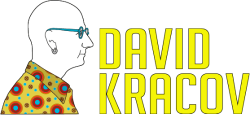
I'd like to receive future updates and newsletters
I'd like to receive future updates and newsletters
